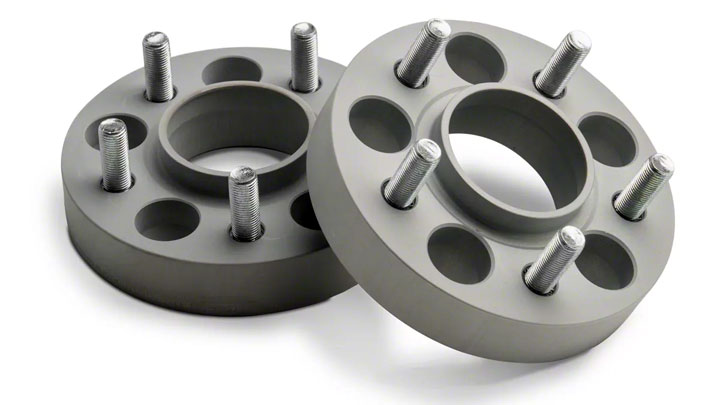Dangers of Wheel Spacers
Installing wheels spacers is common within the modification tuning scene. They are a CHEAP and EASY way to improve wheel fitment and increase the track width of your car. Most people do it for AESTHETIC reasons, creating a more aggressive looking vehicle. However, they are also a FAST and EASY way to RUIN the geometry of your car and can BADLY affect your HANDLING.
If your car already has a bit of positive scrub radius then the wheel spacer will increase it. An increase in positive scrub radius increases the forces on the steering rack under braking conditions. Any bumps in the road will also be amplified through the steering wheel, making the steering JERKY and more UNPREDICTABLE.
Generally, “Hub Centric Wheel Spacers”, “Integrated Wheel Spacers”, “Modular Wheel Spacers”, “Inter-locking Wheel Spacers”, “Lug Centric Wheel Spacers”, “Inter-Mesh Wheel Spacers”, “Inter-Lock Wheel Spacers” all refers to the same thing, just different descriptions.
We HIGHLY DISCOURAGE the use of wheel spacers on any vehicles ESPECIALLY on a high-performance vehicle or any vehicle that is heavier than the average common commuter’s car.
Wheel spacers increase the wear of the bearings, axles, and hubs since the vehicle you are driving likely wasn’t designed to exit the factory with a wheel spacer.
The vehicle’s weight load stress is amplified on the wheel bolts or wheel nuts on the wheel spacers. Not only you run the risk of a failing wheel spacer leading to a ROAD ACCIDENT, but you also run the risk of wheel bolt or wheel nut SEIZURE within the vehicle’s hub. From an engineering standpoint, it is because the wheel load is further amplified on the existing wheel bolt/nuts causing it to bend/warp. (Photos Attached)
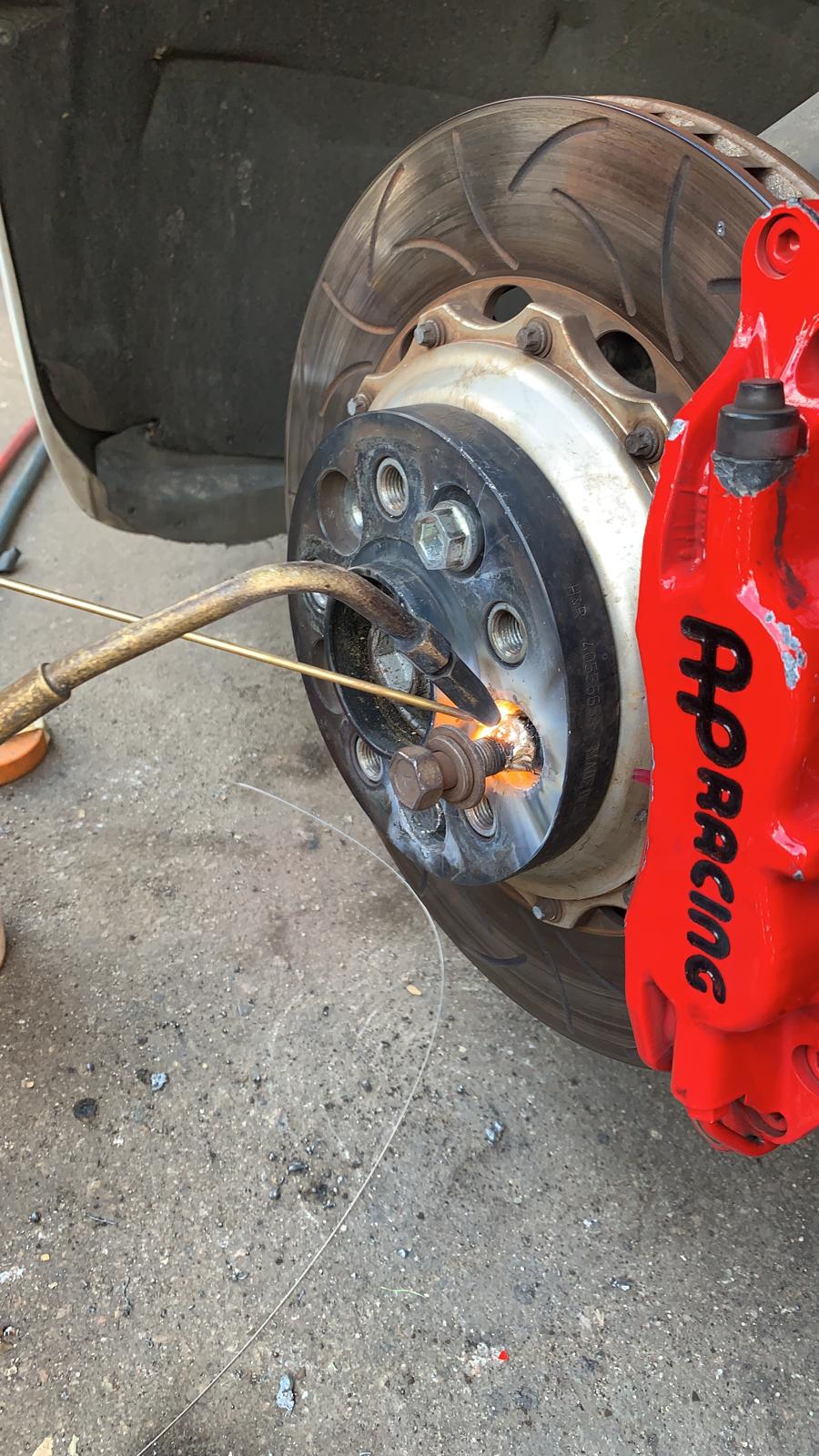
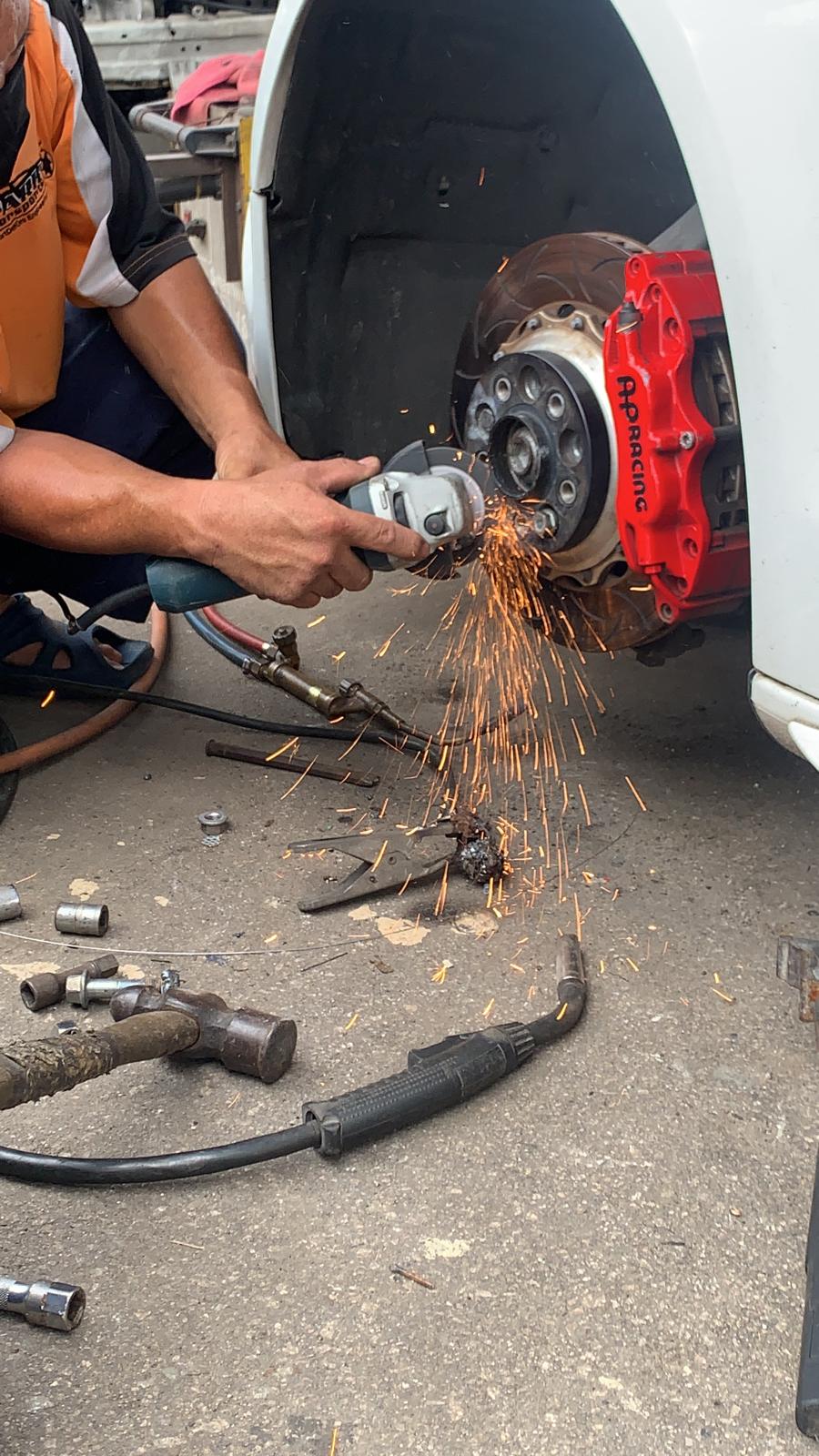
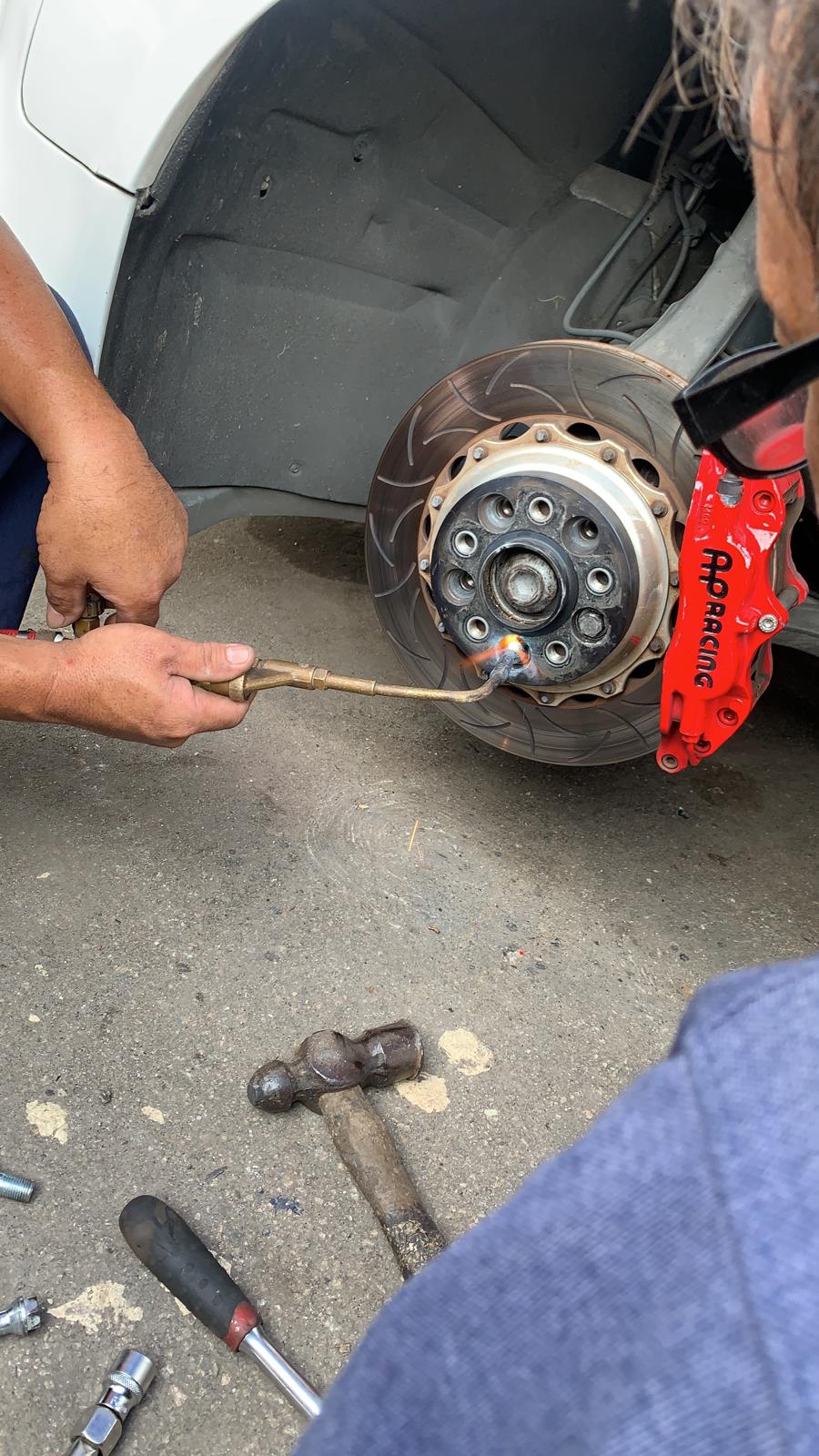
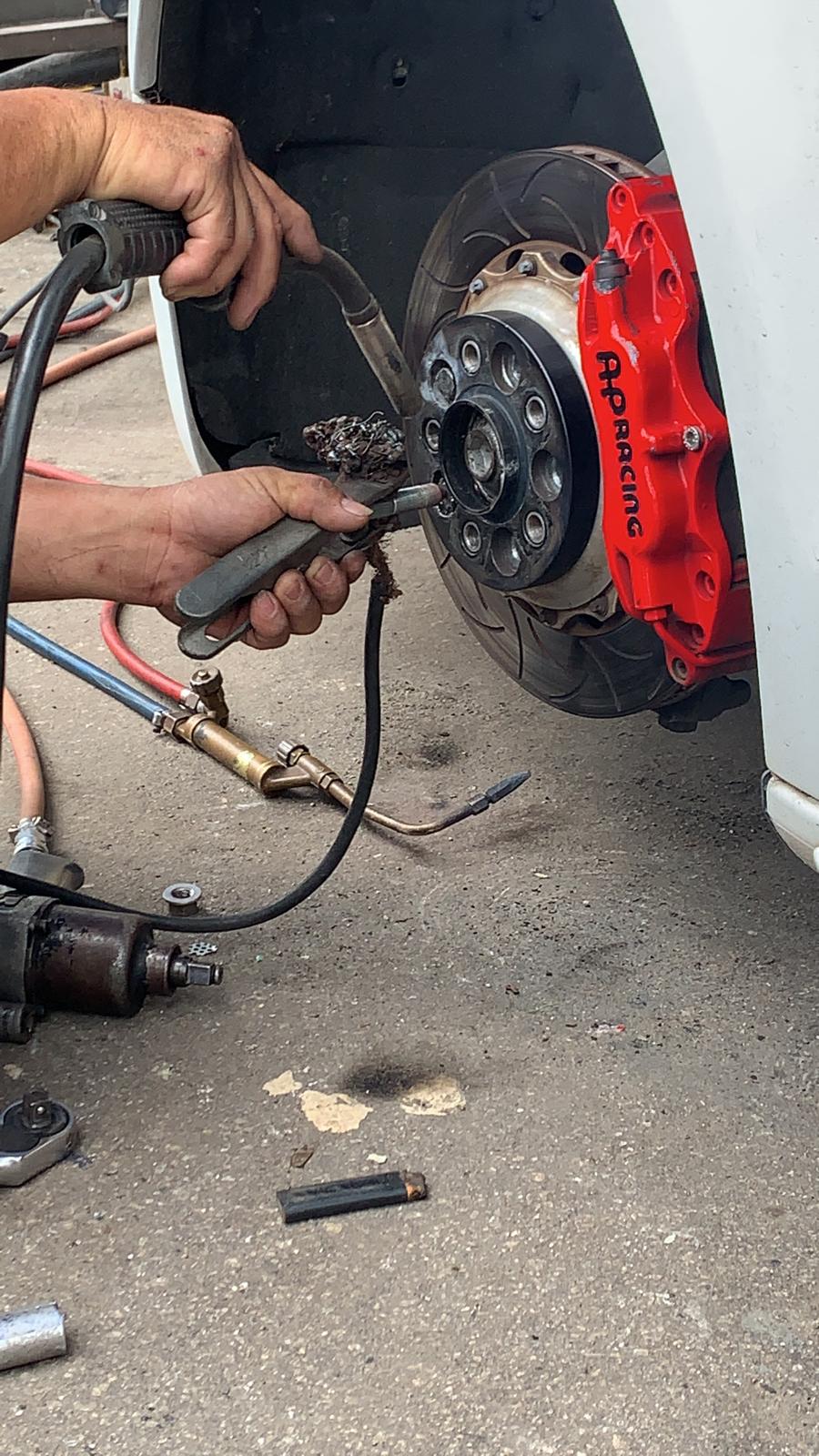
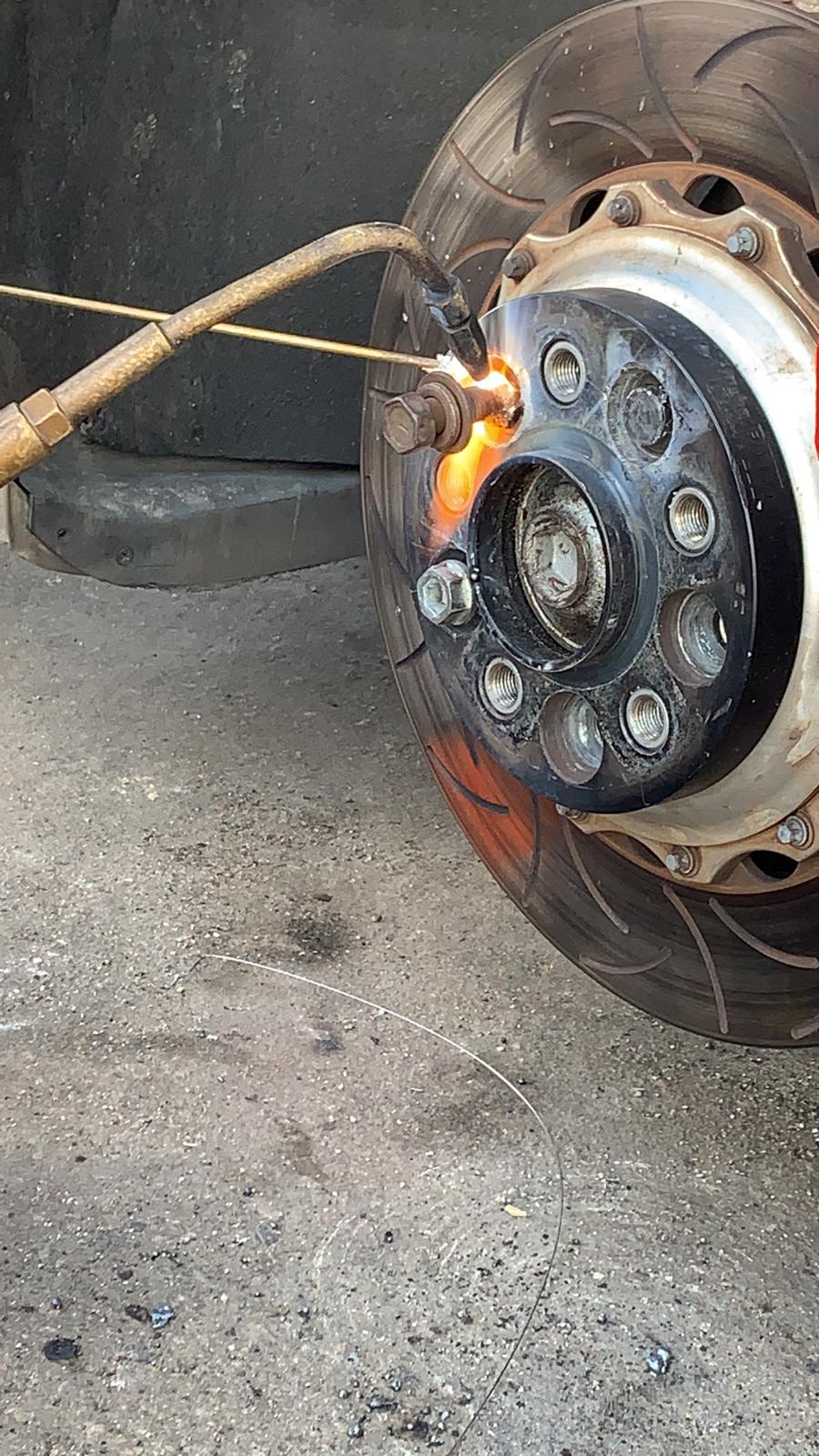
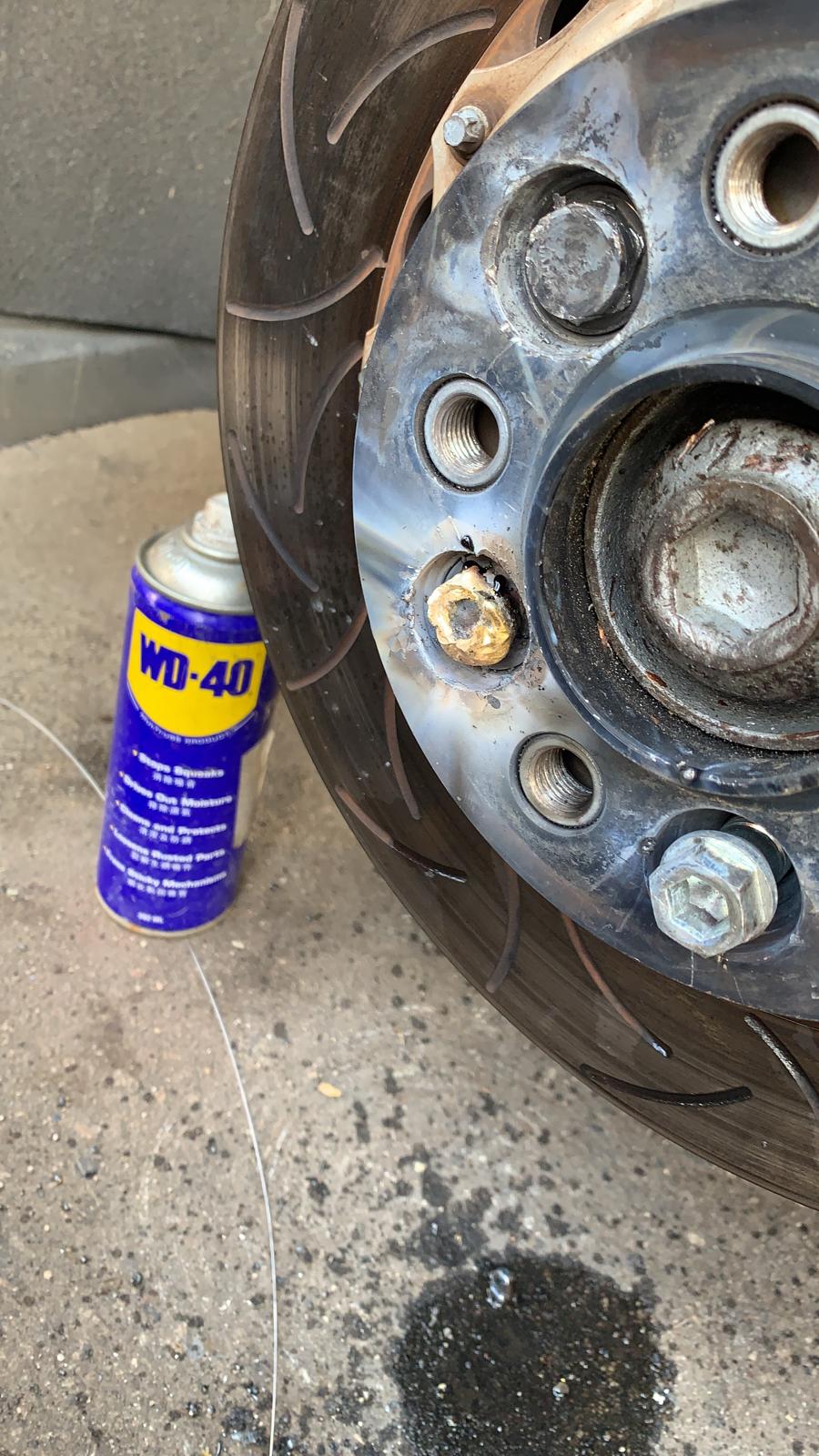
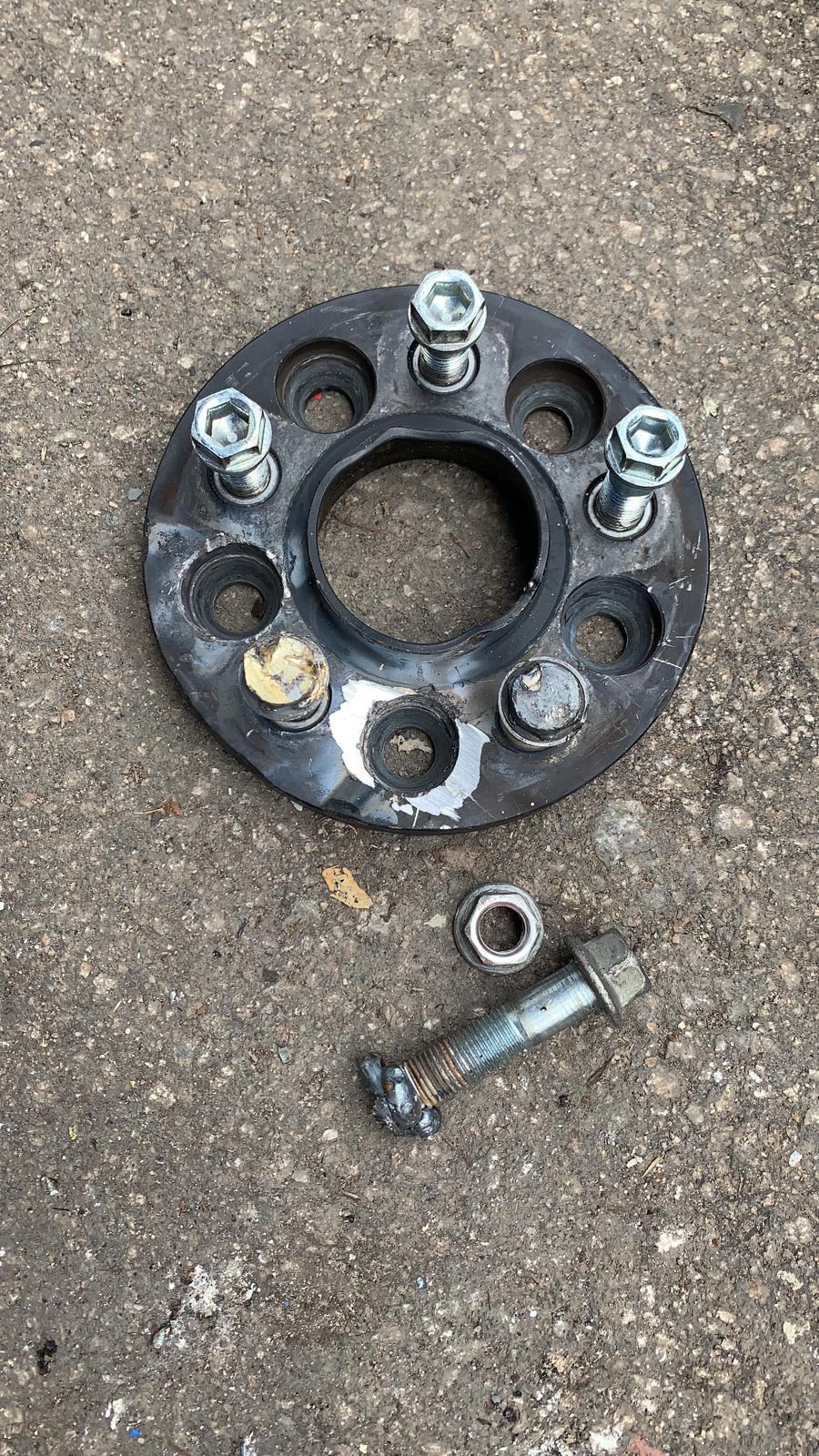
This repair can be EXTREMELY COSTLY and can even run the risk of you having to change the entire wheel hub.
At Dwarf Racing®, our FORGED MONOBLOCK WHEELS are customized with precision CNC engineering technology to suit any vehicle WITHOUT the use of any “WHEEL SPACERS” to achieve the desired fitment of the vehicle.
